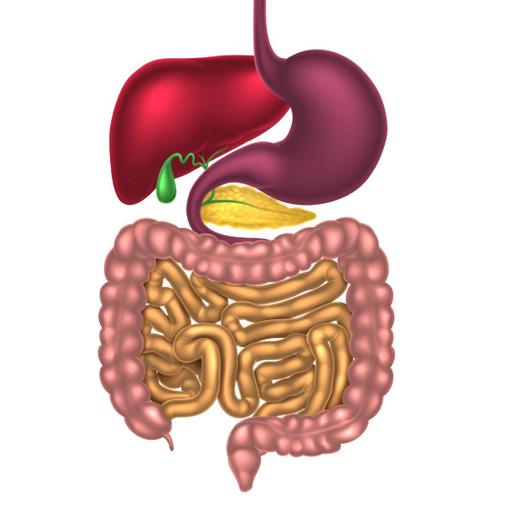Anatomy of Digestive System
Presentations | English
Food provides the body with the energy it requires to live. The food we eat travels a long way through the body, from the top (mouth) to the bottom (anus). The beneficial parts of the food are absorbed along the way, providing energy and nutrition. Food is broken down by the digestive system into basic nutrients that the body can use. The digestive tract is one of the largest systems in the human body, extending from the mouth to the anus. The mouth, esophagus, stomach, small intestine or "small bowel" and large intestine or “large bowel” or colon, along with the liver, pancreas, and gallbladder are the eight sections of the digestive system. Ingestion, secretion, propulsion, digestion, absorption, and defecation are the six functions of these organs when they work together. The liver, pancreas, and gallbladder add secretions to aid digestion. The mouth begins the process by absorbing and mechanically breaking down the food into a swallowable form, as well as secreting some early digestive secretions.

12.50
Lumens
PPTX (50 Slides)
Anatomy of Digestive System
Presentations | English
